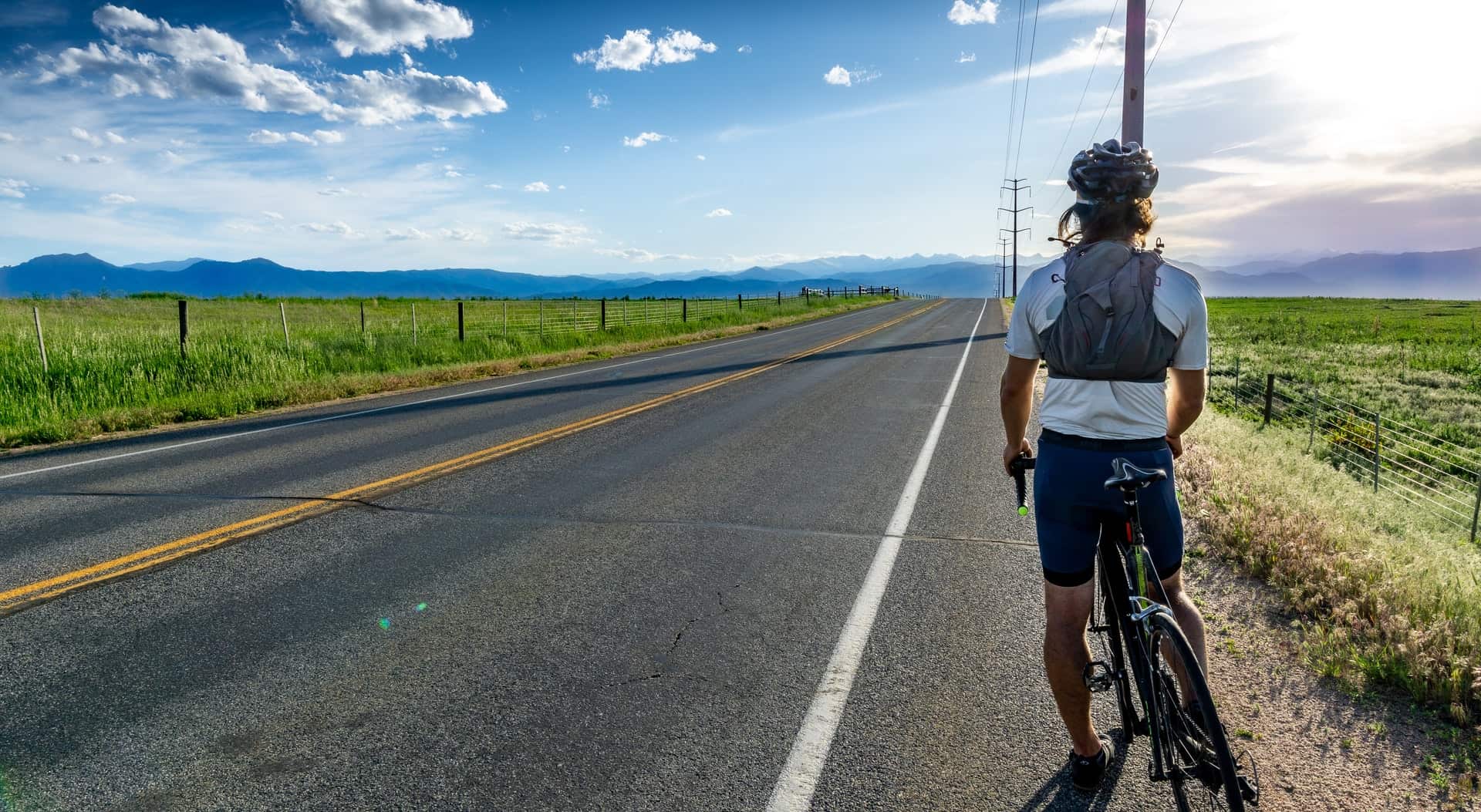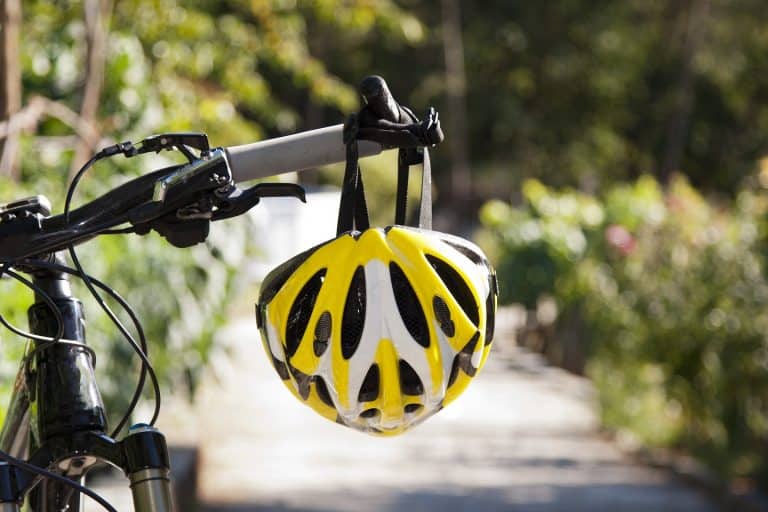
How changes to the Highway Code may affect cyclists legally
The consultation on proposed changes to the Highway Code closes on 27th October 2020. As a brain injury solicitor and the father of a 3 year old I’m keeping a close eye on the consultation. For the last 10 years improvements in road safety in terms of serious injury and death have plateaued or very much slowed down. We need to take strong action to drive improvements in road safety.
In a previous blog I’ve looked at how proposed changes to the Highway Code may affect the law on liability in road accidents involving pedestrians or cyclists with a motor vehicle. With the move to sustainable modes of transport and the ever increasing popularity of cycling, I now comment on how proposed changes to the Highway Code may affect cyclists legally if they are involved in a road accident.
The consultation document is 67 pages long and contains some 55 changes. I discuss below changes which I think have the greatest effect on cyclists in terms of civil liability.
1) Rule H2 for drivers, motorcyclists, horse riders and cyclists
‘At a junction you should give way to pedestrians crossing or waiting to cross a road into which or from which you are turning.’
This rule gives pedestrians the right of way in this situation, where previously they did not. The courts may apply this right of way and find cyclists primarily to blame for accidents involving pedestrians, where previously they may have found both cyclist and pedestrian equally to blame. Below is an example of how this could happen in the real world.
Accident:
- Pedestrian crosses a road at a junction without paying any attention to traffic and steps into the path of an oncoming cyclist.
- The cyclist turning into the junction sees the pedestrian about to cross or crossing and does not slow down to avoid a collision. Instead sounds a bell/horn or shouts to alert the pedestrian
- Pedestrian and cyclist are unable to avoid each other and collide. Both sustain injury
- Pedestrian brings a personal injury claim against the cyclist
Under the current Highway Code a court may find both pedestrian and cyclist equally to blame. However, proposed Rule H2 gives the pedestrian the right of way and this may be just enough to shift primary liability for the accident to the cyclist, although a finding of contributory negligence on the pedestrian would be likely.
The above scenario playing out in real life may be rare but it’s worth noting, especially when many cyclists do not have insurance and the financial consequences of personal injury claims are high.
2) Rules 66 & 72 for cyclists
‘Rule 66 – Ride in single file when drivers wish to overtake and it is safe to let them do so. When riding in larger groups on narrow lanes, it is sometimes safer to ride two abreast.’
‘Rule 72 – When riding on busy roads, with vehicles moving faster than you, allow them to overtake where it is safe to do so whilst keeping at least 0.5m away from the kerb edge. Remember that traffic on most dual carriageways moves quickly. Take extra care crossing slip roads.’
Both rules recommend cyclists to let faster moving vehicles pass when safe to do so. Impatient drivers may interpret this as their right to cyclists riding in single file and letting them pass. These rules are very unlikely to affect how a court deals with liability for an accident caused by an impatient driver overtaking a cyclist unsafely. The impatient driver is still likely to be found liable by virtue of taking an unsafe course of action. These rules are unlikely to make courts more willing to make findings of contributory negligence against cyclists, where they have done nothing apart from not allowing a vehicle to pass when they ought to have done so.
3) Rule 67 for cyclists
‘Take care when passing parked vehicles, leaving enough room (a door’s width or 0.5m) to avoid being hit if a door opens unexpectedly, and watch out for pedestrians stepping into your path.’
According to government reported figures in 2019 there were 215 ‘dooring’ incidents and only 20 of these involved cyclists. The true figure will be higher as not all incidents will have been reported. Overall, given the number of miles travelled by bicycle each year, ‘dooring’ incidents involving cyclists are thankfully uncommon. Despite this, it is worth looking at the possible legal effect of this rule.
John Burridge v Airwork Ltd [2004] EWCA Civ 459 is the authority on contributory negligence involving cyclists who have been ‘doored’. Mr Burridge is a former English goalkeeper with the nickname ‘Budgie’. The accident happened in Oman in 2009, whilst Mr Burridge was the goalkeeping coach of the Omani National Football Team. Mr Burridge was cycling along a highway. A minibus had pulled up on the hard shoulder ahead of him. As Mr Burridge passed the minibus the driver opened the offside door into the face of Mr Burridge; who collided into the door and was knocked off his bicycle into the road; and was hit and dragged along the road by another vehicle. Mr Burridge was severely injured. This case was first heard at Manchester County Court where the judge found the driver of the van to be liable for the accident and made no finding of contributory negligence against Mr Burridge. The driver did not challenge the finding of liability against him, but did appeal the finding, or lack of finding, on contributory negligence; and submitted Mr Burridge ought to be ⅓ liable for causing the accident.
The crux of the appeal came close to saying all or most cyclists who ride into an unexpectedly opening car door will be partly to blame for riding within the radius of the door. This was rejected by the Court of Appeal. There was judicial comment that opening the door unexpectedly in this manner was foolish. Overall the judges considered expecting Mr Burridge to take precaution against an unexpectedly opening door would be placing too high a standard of care on him. However, the judges did not completely rule out a finding of contributory negligence against a ‘doored’ cyclist and stated each case would be depend on its own facts. In practical terms ‘dooring’ accidents are much the same and the Court of Appeal ruling effectively closed the door on findings of contributory negligence against a cyclist.
Rule 67 recommends cyclists leave enough room when passing parked cars to avoid being hit by an unexpectedly opening door. This is very unlikely to affect findings of primary liability against the door opener. This rule does however advise cyclists to take precaution against being hit by maintaining a safe distance. This may be enough for courts to deviate from the ruling in Burridge and open the door to findings of contributory negligence.
4) Rule 163 for drivers
You should:
- Give motorcyclists, cyclists, horse riders and horse drawn vehicles at least as much room as you would when overtaking a car (see Rules 211 to 215). As a guide:
- Leave a minimum distance of 1.5 metres at speeds under 30mph
- Leave a minimum distance of 2.0 metres at speeds over 30mph
- You should wait behind the motorcyclist, cyclist, horse rider, horse drawn vehicle or pedestrian and not overtake if it is unsafe or not possible to meet these clearances
Aggressive close passing of cyclists is road violence and is unacceptable. At the moment there are no official recommended distances for passing cyclists. As a result when courts decide what is acceptable or not there is room for interpretation.
This rule will make clear how vehicles ought to pass cyclists. If you can’t pass safely at the recommended distance, you shouldn’t pass. Should a cyclist suffer an accident due to close passing contravening the recommended distance in the prevailing conditions, this rule ought to make it easier to prove the driver was not driving safely and is liable for the accident.
Conclusion
Overall, the proposed changes to the Highway Code brings in measures that protect cyclists and improves safety for all road users. If the changes are accepted, cyclists must be aware of their obligations under it, especially Rule H2 priority of pedestrians crossing at junctions, which may lead to liability for an accident and ensuing financial consequences.
Knowledge and understanding is key. If all road users are aware of how they should act and take an understanding approach to other road users, we would have much safer roads.










